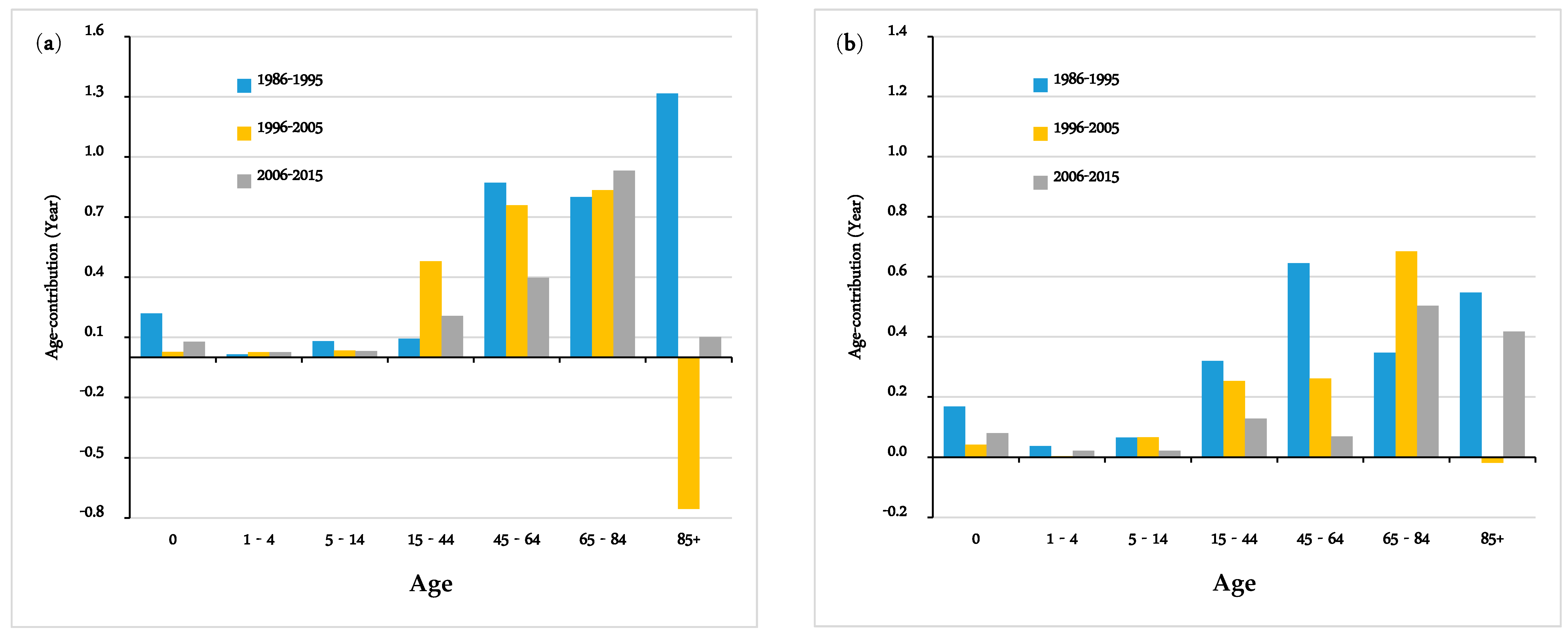


Initial treatment was similar for children and adults, with immunosuppression most commonly with intravenous prednisone. “Based on the different disease course, specific management and treatment guidelines should differentiate between children and adults in MOGAD.” “Children were more likely to have a substantial recovery than adults among the whole cohort after a similar follow-up,” the authors noted. Twenty-seven percent of adults had Expanded Disability Status Scale scores of three or greater at last follow-up, compared with 10 percent of children ( p=0.001). The younger the child, the more likely that ADEM was the initial problem, occurring in 23 percent of those 10 years or older, and 53 percent of those younger than age 10.ĭisability at onset was similar across all age groups, but children had a better outcome than adults. The most common presentation for children, at 41 percent, was optic neuritis, while ADEM at 37 percent was a close second. Optic neuritis was the most common phenotype at onset in 56 percent of adults, followed by transverse myelitis in 25.8 percent of the cases. Just over half the patients were female, with a median age of onset of 29.9 years. Patients were included if they had an acquired demyelinating syndrome lasting 24 hours or more, had a positive MOG antibody test and had six months or more of follow-up. Patients were drawn from all tertiary hospitals in France between 2014, when testing for MOG antibodies began, and 2019. In the new study, first author Alvaro Cobo-Calvo, MD, PhD, project leader Romain Marignier, MD, PhD, a professor in the neuroinflammation service at the Hôpital Neurologique Pierre Wertheimer in Lyon, France, and colleagues from across France compared clinical features, disease course, and antibody dynamics among 98 children (age<18 years) and 268 adults with MOGAD. Other researchers have noted differences in the disease between children and adults, but few studies have comprehensively compared them in a large cohort. While antibodies to MOG have been detected for many years, MOGAD itself has been recognized as a distinct disease only since 2013. MOG antibody disease (or MOG antibody-associated disease, MOGAD) is caused by the autoimmune production of antibodies against MOG, located on the surface of the myelin sheath, and thought to be responsible for cell adhesion as well as other functions. “But as we have been able to do antibody tests on more and more patients, we have come to recognize that it actually has a broader spectrum of features, and one of the biggest points of stratification is age.”Ĭhildren and adults “really do have different disease courses and different manifestations,” he said. “We used to think of this disease as having a single phenotype,” commented Michael Levy, MD, PhD, FAAN, director of the Neuromyelitis Optica Clinic and Research Laboratory and research director of the division of neuroimmunology and neuroinfectious disease at Massachusetts General Hospital, who was not involved in the study. That was among the findings of a five-year, nationwide analysis of more than 350 patients with the disease in France, one of the first to delineate the differences in clinical features and prognosis of children and adults. Young children with an initial episode of myelin oligodendrocyte glycoprotein (MOG) antibody disease have a better outcome and lower risk for relapse than adults, according to a study published on September 21 in Annals of Neurology. New research suggests young children with an initial episode of myelin oligodendrocyte glycoprotein antibody disease have better outcomes and a lower risk for relapse than adults.


 0 kommentar(er)
0 kommentar(er)
